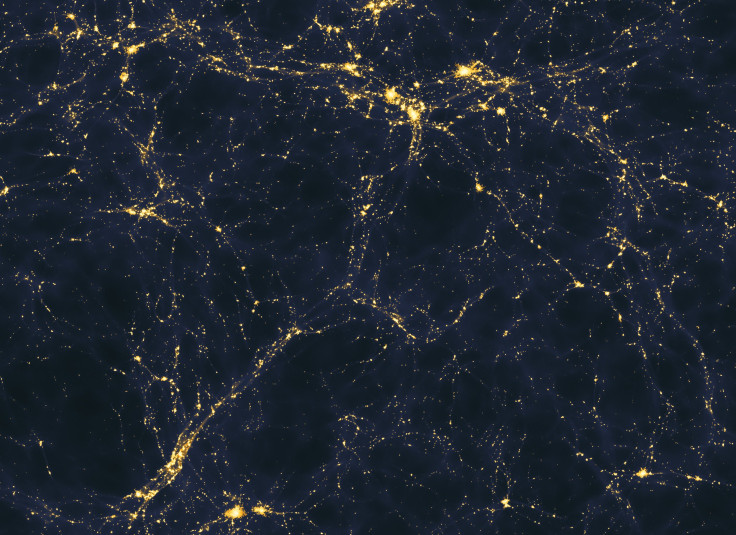Universe Almost Certainly Directionless, Analysis Of Cosmic Microwave Background Reveals

The universe, as Douglas Adams once remarked, is mind-bogglingly big. Understandably, the sheer size of the cosmos makes it extremely difficult for us — a species inhabiting a pale blue dot in an insignificant little galaxy — to discern what space-time looks like at sufficiently large scales.
However, we are not entirely clueless. Analysis of the omnipresent cosmic microwave background (CMB) — the leftover radiation from the Big Bang — tells us that at the largest scales, the universe we live in is homogenous and isotropic. What this means is that unlike the obviously clumpy universe we see all around us, where galaxies, stars and interstellar dust are unevenly distributed, a bird’s eye view of the universe would reveal a structure that doesn’t just look the same no matter where it's viewed from, but one that also possesses properties that are the same no matter what direction you measure them in.
Now, after subjecting this theory to the most stringent test yet, a team of researchers from University College London and Imperial College London have come to the conclusion that there is only a 1 in 121,000 chance that the universe is not the same in all directions.
Their analysis is detailed in a study published Wednesday in Physical Review Letters.
“This work is important because it tests one of the fundamental assumptions on which almost all cosmological calculations are based: that the universe is the same in every direction. If this assumption is wrong, and our universe spins or stretches in one direction more than another, we'd have to rethink our basic picture of the universe,” co-author Stephen Feeney from Imperial College London said in a statement.
For the purpose of their study, the researchers used data gathered by the European Space Agency’s Planck space observatory to analyze the temperature and polarization of the CMB. If the universe were in fact expanding in different speeds along different directions, it would have left telltale signs in the CMB, stretching radiation from the preferred direction to longer wavelengths than others. Similarly, if the universe were rotating about a particular axis — like Earth is — it would create spiral patterns in the CMB.
The researchers found no such traces.
“We have put this assumption to its most exacting examination yet, testing for a huge variety of spinning and stretching universes that have never been considered before. When we compare these predictions to the Planck satellite's latest measurements, we find overwhelming evidence that the universe is the same in all directions,” Feeney said.
So what exactly would have happened if the researchers had discovered that the universe was not isotropic?
Beyond the fact that it would require all our current models for the evolution of the universe, including cosmic inflation, to be discarded, we don’t know, mostly because we do not have any other model to replace it. On the flip side, though, if the universe did have a preferred direction, it would help us solve Einstein’s field equations — a set of 10 equations in the general theory of relativity that describe gravity as distortion of space-time by energy and matter.
“We’re very glad that our work vindicates what most cosmologists assume,” lead author Daniela Saadeh from University College London said in the statement. “For now, cosmology is safe.”
© Copyright IBTimes 2024. All rights reserved.





















